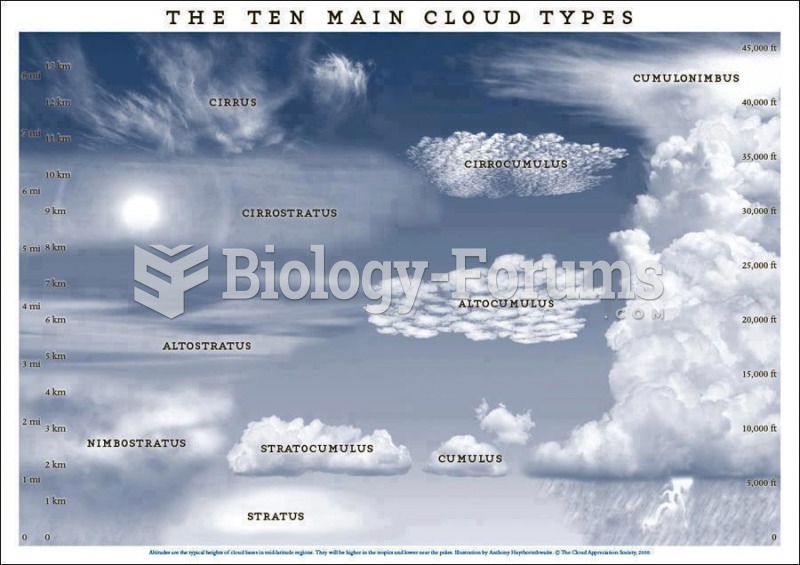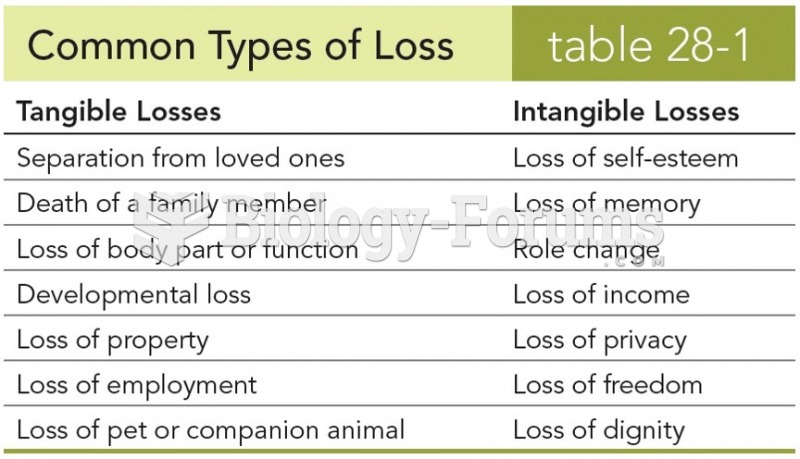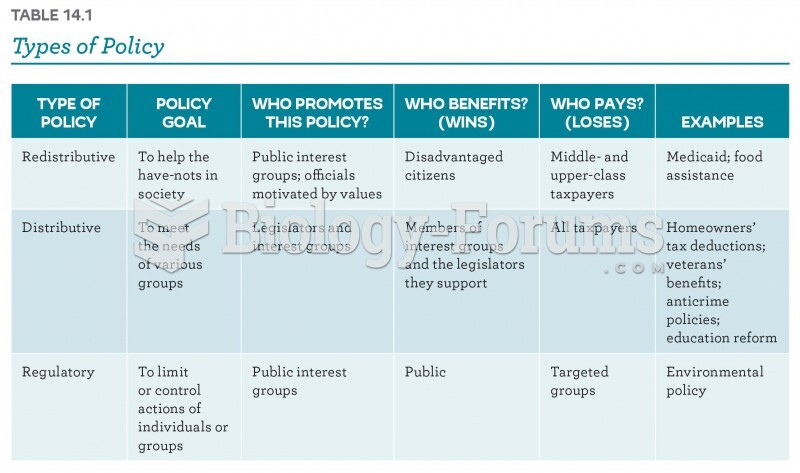Answer to Question 1
Influencer marketing refers to a series of personalized techniques directed at individuals or groups who have the credibility and capability to drive positive word-of- mouth to a broader and salient segment of the population. In implementing an influencer marketing initiative, it is useful to think of it as systematic seeding of conversations involving a consumer, an influencer, and your brand.
Professional influencer programs utilize professionals in the field as influencers. These programs offer great credibility but they also require careful enlistment in the effort because professionals take their responsibilities very seriously. Several points should
be kept in mind. First, a professional's time is money, so wasting their time is likely to be counterproductive. Second, messaging a professional with information that offers them intellectual currency as well as important benefits of the brand will enhance their likelihood of participating. Finally, a successful professional influencer program
requires long-term commitment.
Peer-to-peer influencer programs do similar work in spreading positive word-of- mouth, but rely on ordinary people to talk about products and brands in a positive way. They spread the word through their own social groups, either in person or online.
Buzz and viral marketing are both subspecies of peer-to-peer influencer approaches. In buzz marketing, the idea is to create an event or experience that yields conversations about a brand. In viral marketing, the goal is to have consumers market to other consumers, usually via the Internet, email, blogs, and social network sites, or via texting and downloading to mobile devices. Personal contact also works. In both buzz and viral programs, the idea is to target a handful of carefully chosen extroverts or trend setters as influencers, and let them spread the word about your brand.
Answer to Question 2
A proactive public relations strategy is guided by marketing objectives, seeks to publicize a company and its brands, and is offensive rather than defensive in spirit. It starts with a public relations audit, which identifies the characteristics and activities of a firm that are positive and newsworthy. The next step is to take information from the audit and turn it into a public relations plan. The plan identifies the objectives and activities related to the public relations communications issued by the firm. The components of a public relations plan include a current situation analysis, program objectives, program rationale, communications vehicles, and message content.
A reactive public relations strategy is guided by events outside the control of a company, focuses on problems to be solved rather than on opportunities, and requires defensive rather than offensive measures. Since the events that trigger a reactive public relations strategy are unpredictable and uncontrollable, it is much more difficult to implement a reactive than a proactive strategy. Part of the preparation for a reactive strategy occurs during the public relations audit prepared for the proactive strategy. The information provided by the audit gives a firm what it needs in a time of crisis so it can issue public statements based on current and accurate data. A second step in preparing a reactive strategy is the identification of vulnerabilities, that is, the areas of potential weakness in products or operations that might create a negative situation.







